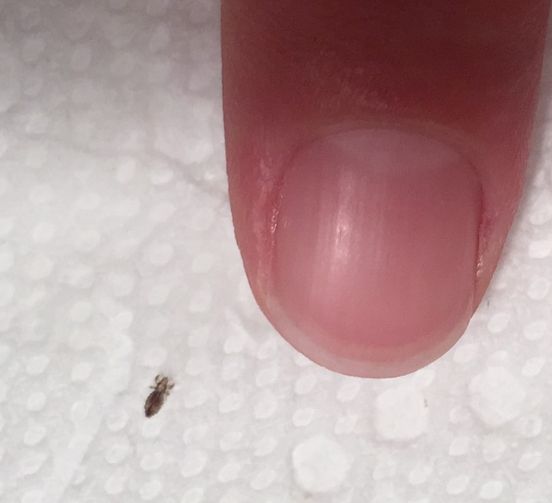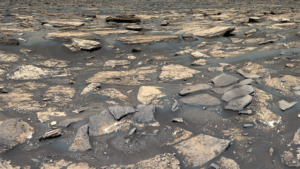NASA has selected nine companies to develop concepts that could aid agency science missions to Mars down the road.
The agency is awarding each company between $200,000 and $300,000 for this early-stage work, with the goal of making robotic Mars exploration more efficient and more productive.
“We’re in an exciting new era of space exploration, with rapid growth of commercial interest and capabilities,” Eric Ianson, director of NASA’s Mars Exploration Program, said in a statement on Wednesday (May 1), when the awards were announced.
“Now is the right time for NASA to begin looking at how public-private partnerships could support science at Mars in the coming decades,” he added.
Related: Mars on the cheap: Scientists working to revolutionize access to the Red Planet
This idea is not new. NASA already does something similar with its Commercial Lunar Payload Services program, or CLPS, which has sent agency science gear toward the moon on two private landers.
One of those landers — Intuitive Machines’ Nova-C spacecraft, named Odysseus — made it to the lunar surface safely, acing its touchdown this past February. The other one, Astrobotic’s Peregrine lander, suffered an anomaly shortly after its January launch and failed to reach the moon as planned.
The “Mars Exploration Commercial Services” program is not nearly as far along as CLPS. NASA released its initial call for proposals on Jan. 29, selecting the newly announced awardees from that pool. The funding will go toward 12-week concept studies, which will wrap up in August.
“These studies could potentially lead to future requests for proposals but do not constitute a NASA commitment,” agency officials said in Wednesday’s statement.
There are 12 funded studies (three of the nine companies will each develop two different projects), which NASA divides into four categories. Here’s a brief description of each, in NASA’s words:
Small payload delivery and hosting services
Lockheed Martin Corporation, Littleton, Colorado — adapt a lunar-exploration spacecraft
Impulse Space, Inc., Redondo Beach, California — adapt an Earth-vicinity orbital transfer vehicle (space tug)
Firefly Aerospace, Cedar Park, Texas — adapt a lunar-exploration spacecraft
Large payload delivery and hosting services
United Launch Services (ULA), LLC, Centennial, Colorado — modify an Earth-vicinity cryogenic upper stage
Blue Origin, LLC, Kent, Washington — adapt an Earth- and lunar-vicinity spacecraft
Astrobotic Technology, Inc., Pittsburgh — modify a lunar-exploration spacecraft
Mars surface-imaging services
Albedo Space Corporation, Broomfield, Colorado — adapt a low Earth orbit imaging satellite
Redwire Space, Inc., Littleton, Colorado — modify a low Earth orbit commercial imaging spacecraft
Astrobotic Technology, Inc. — modify a lunar exploration spacecraft to include imaging
Next-generation relay services
Space Exploration Technologies Corporation (SpaceX), Hawthorne, California — adapt Earth-orbit communication satellites for Mars
Lockheed Martin Corporation — provide communication relay services via a modified Mars orbiter
Blue Origin, LLC — provide communication relay services via an adapted Earth- and lunar-vicinity spacecraft
NASA also wants private industry to help get pristine Mars samples to Earth, one of the agency’s most important science priorities over the next decade or so.
The first phase of that ambitious effort is well underway; the samples are being collected by the car-sized Perseverance rover, which landed inside Mars’ Jezero Crater in February 2021. But NASA is overhauling its architecture for getting the samples here, as its original plan has suffered multiple delays and cost overruns.
The agency asked private companies for Mars sample-return ideas earlier this month and plans to start incorporating helpful concepts into a new architecture as early as this fall. The sample-return work is separate from the Mars Exploration Commercial Services program.












